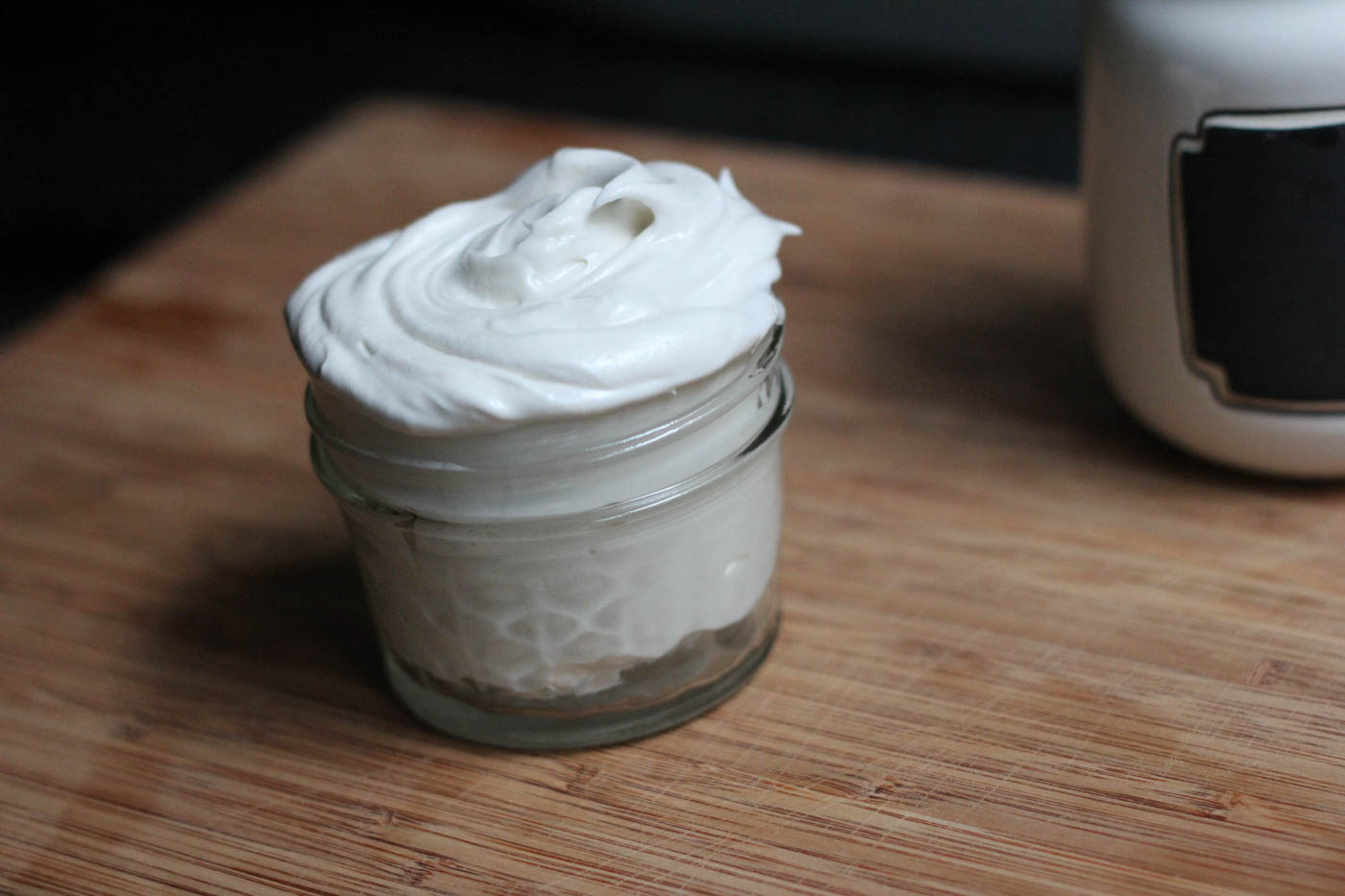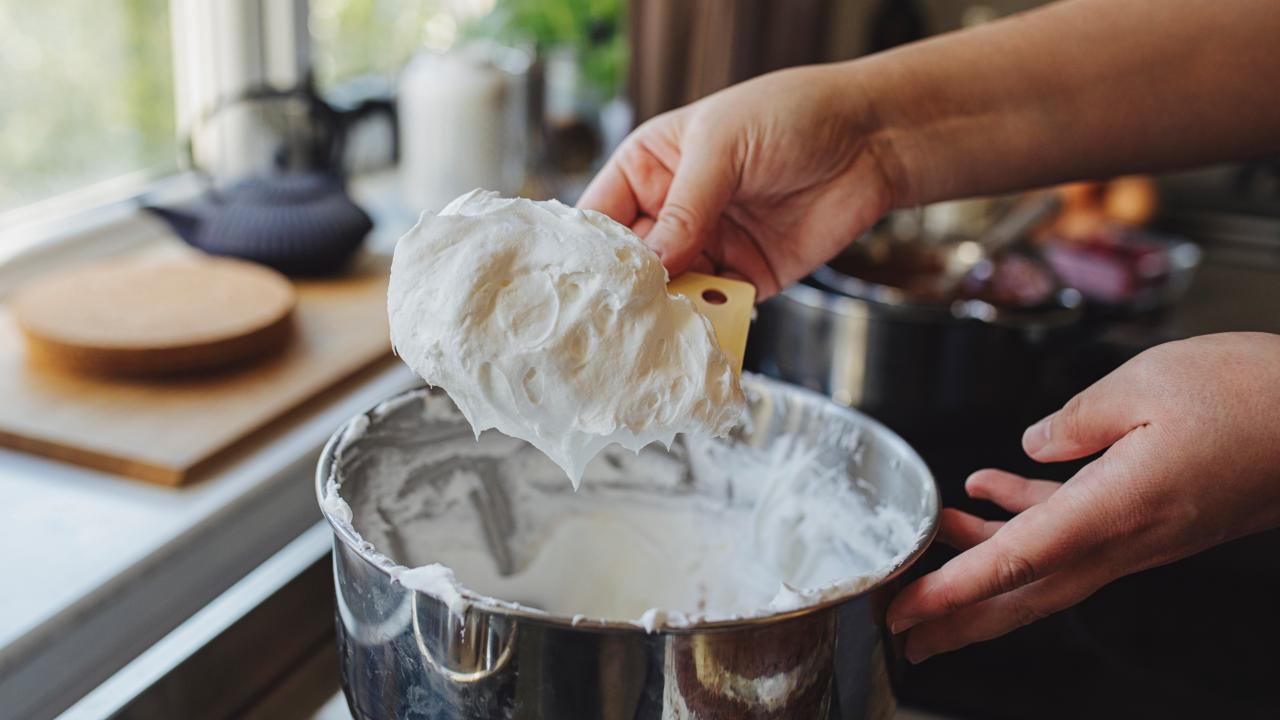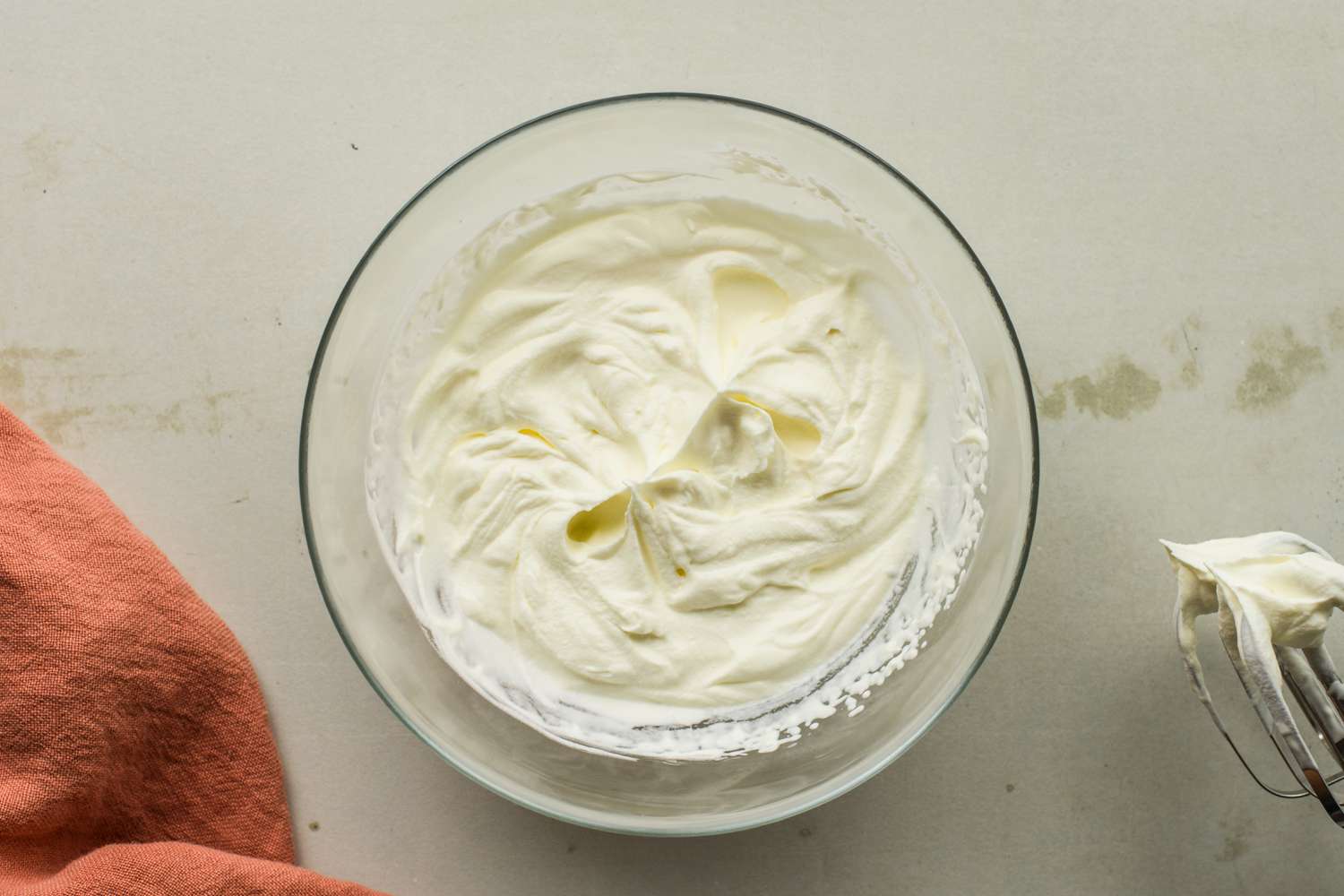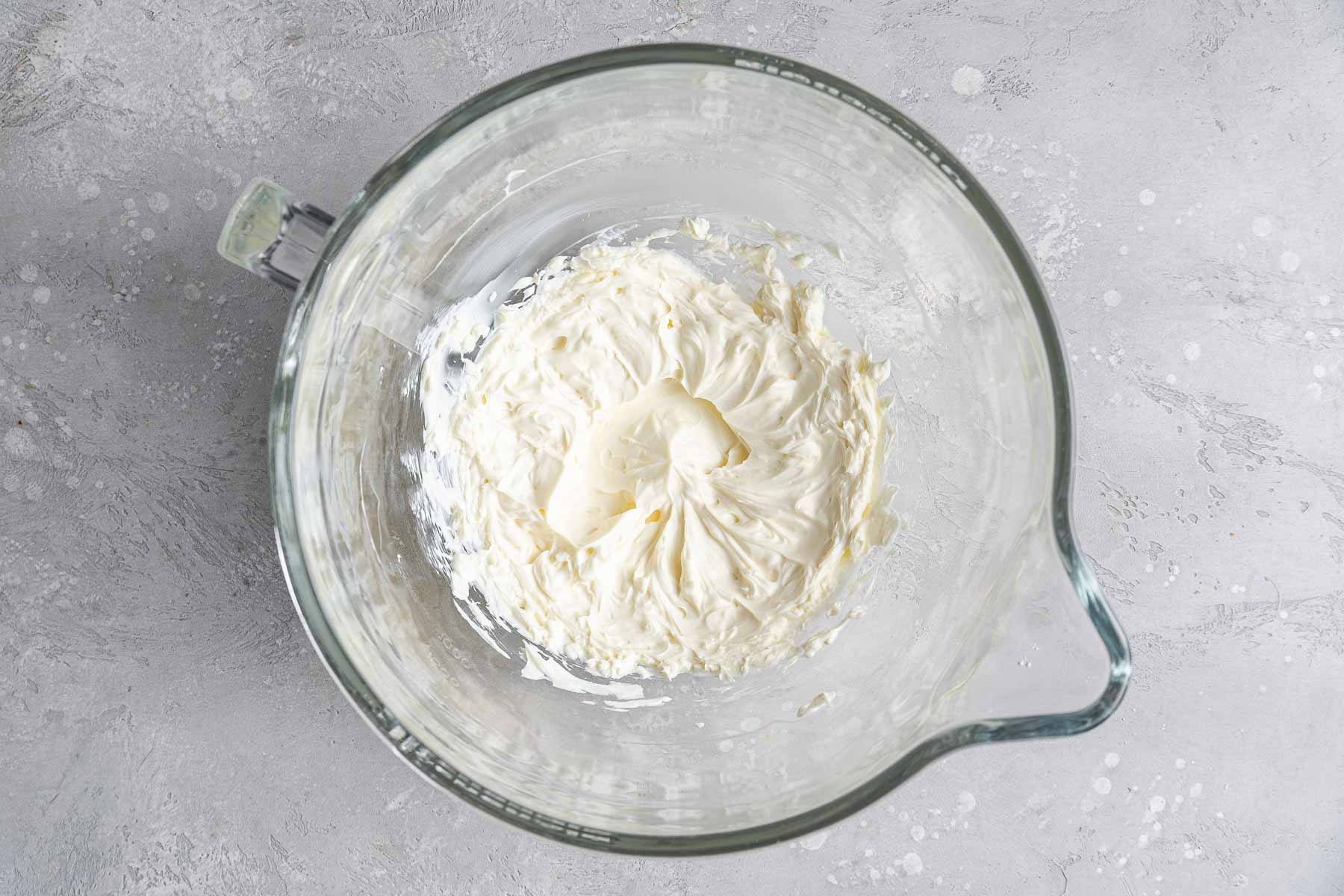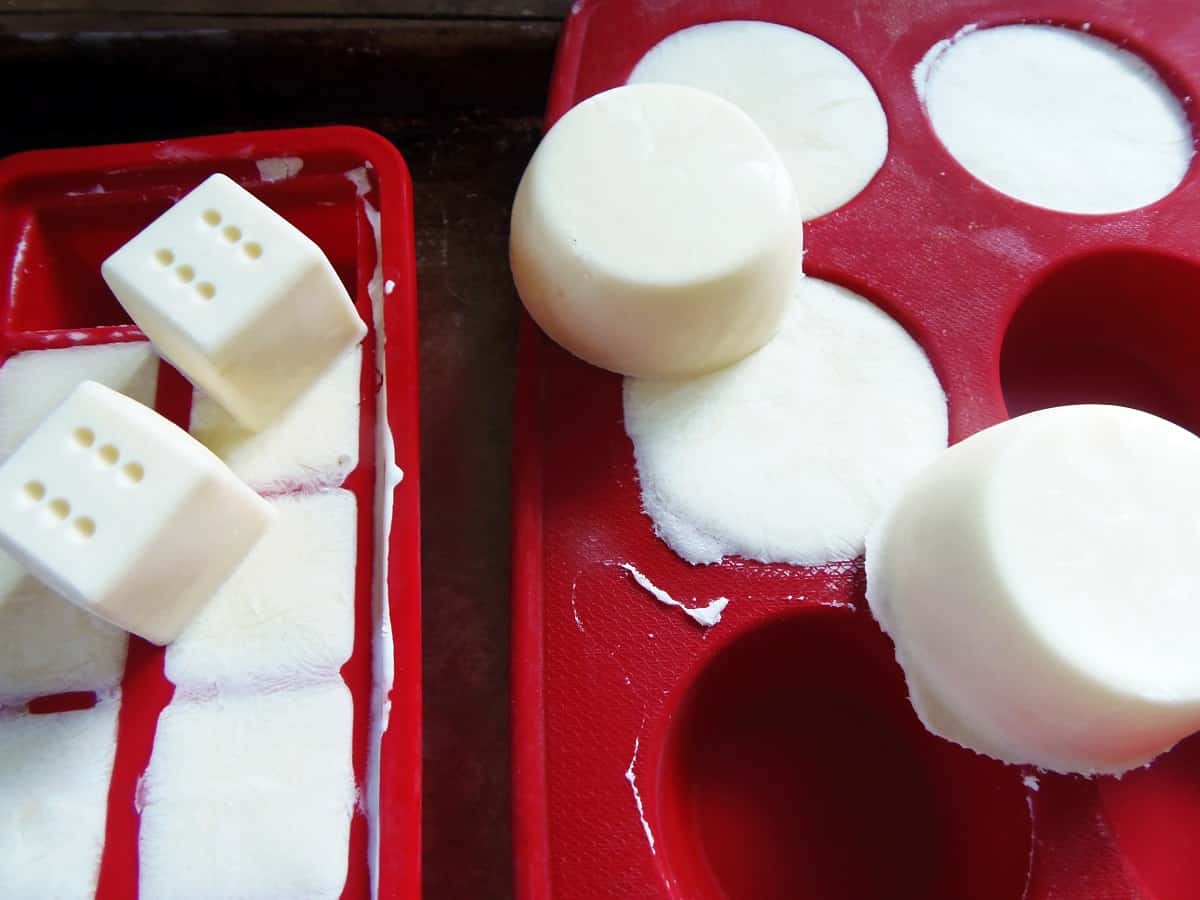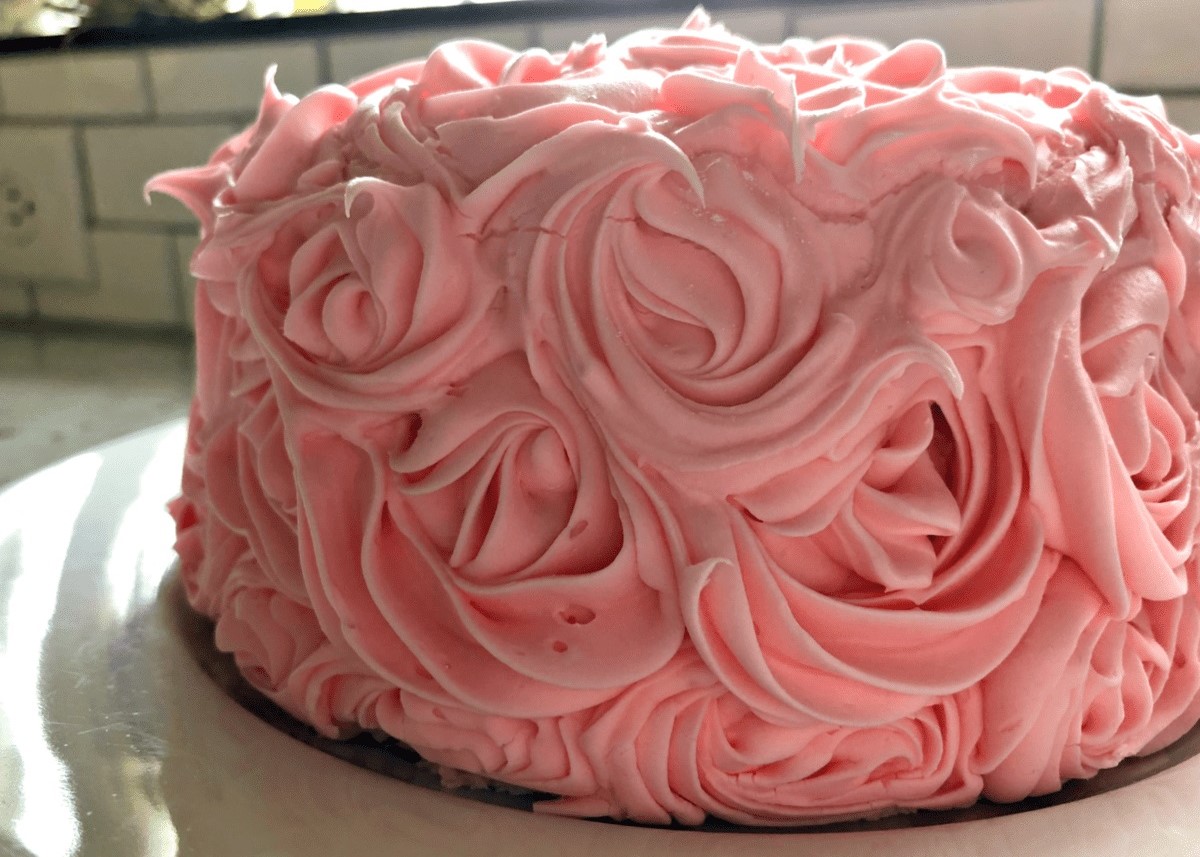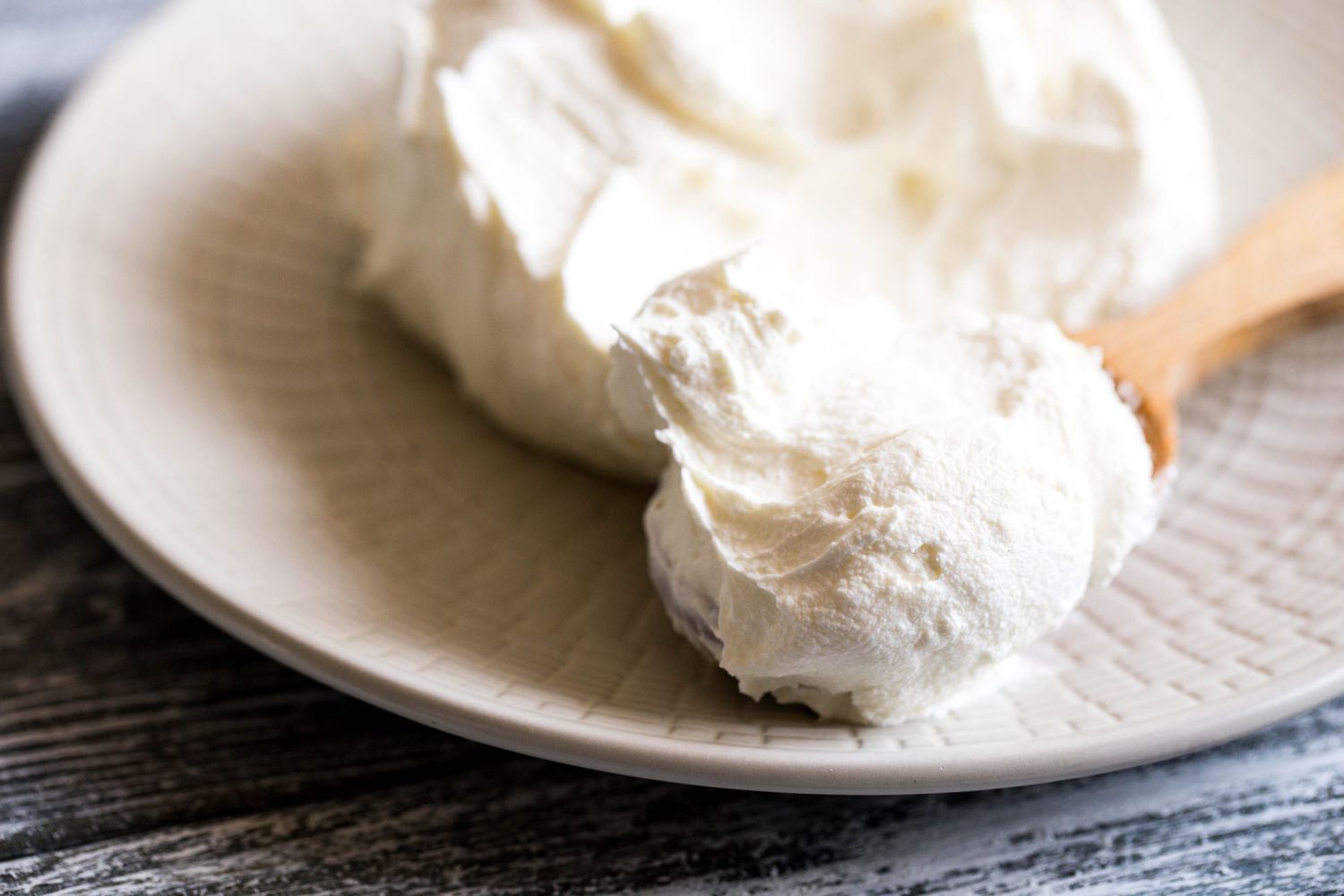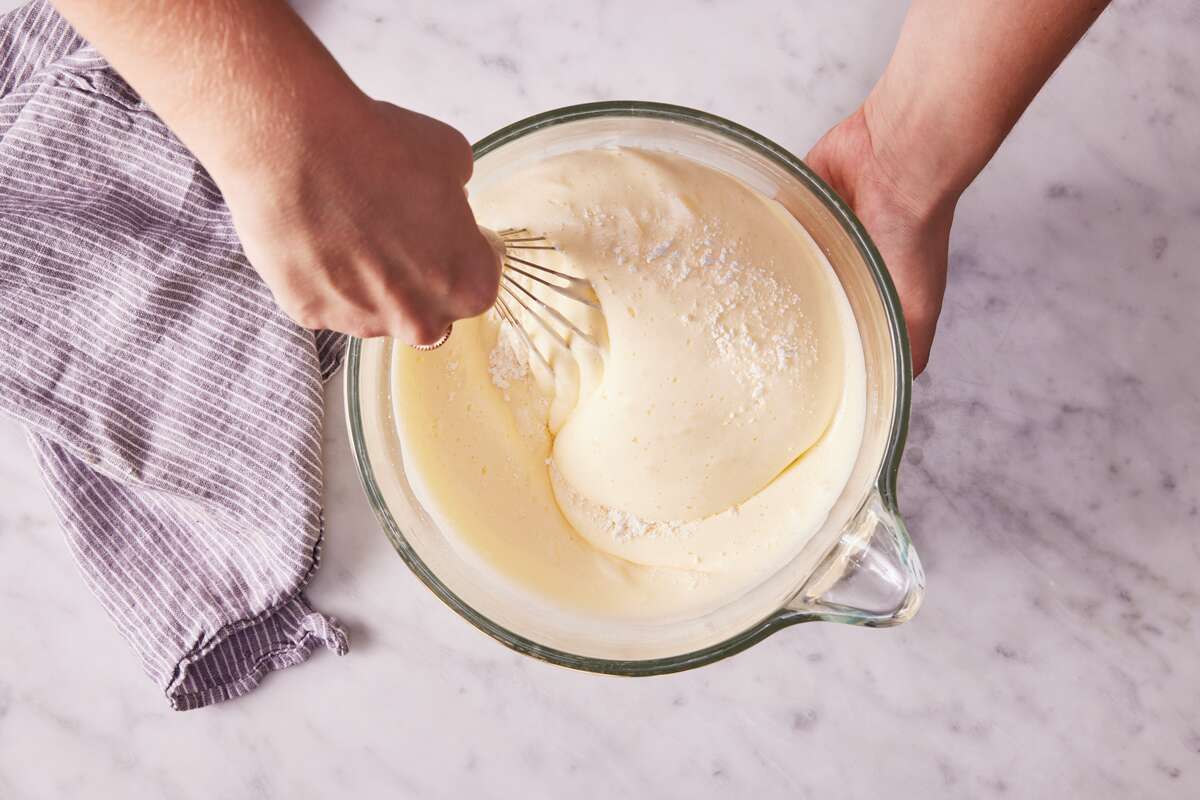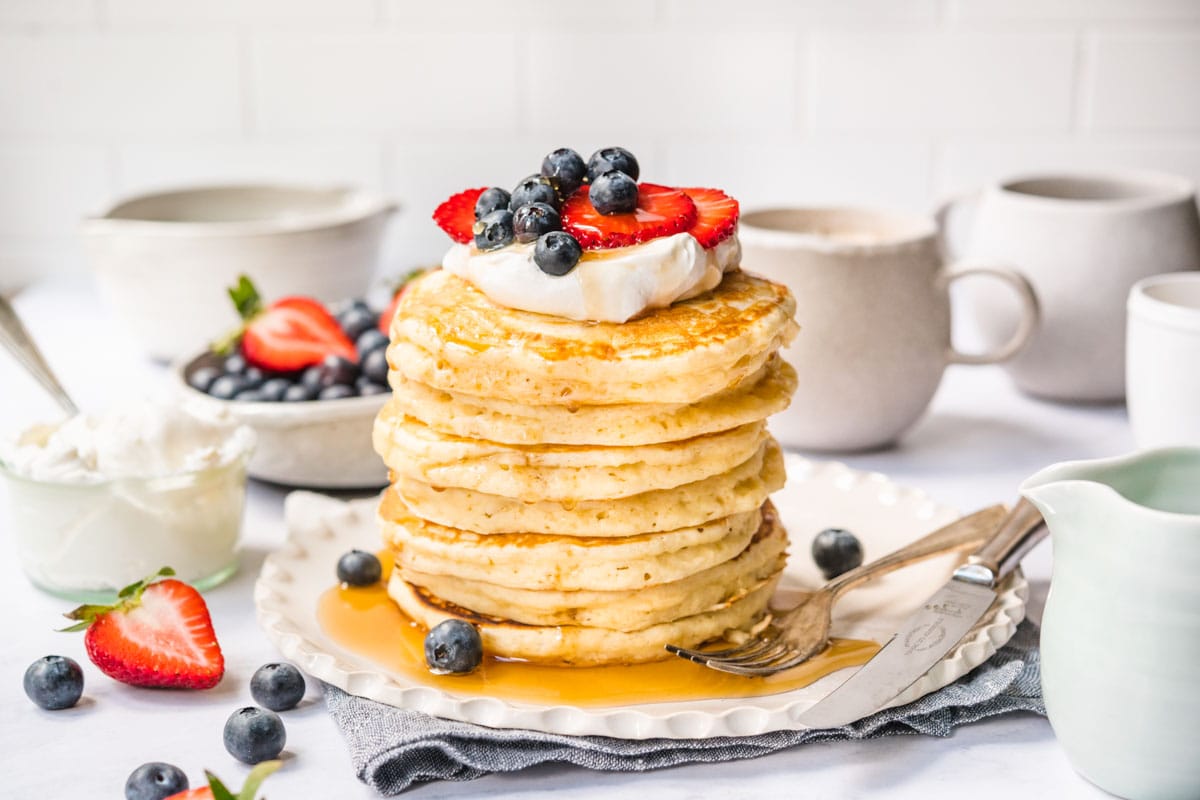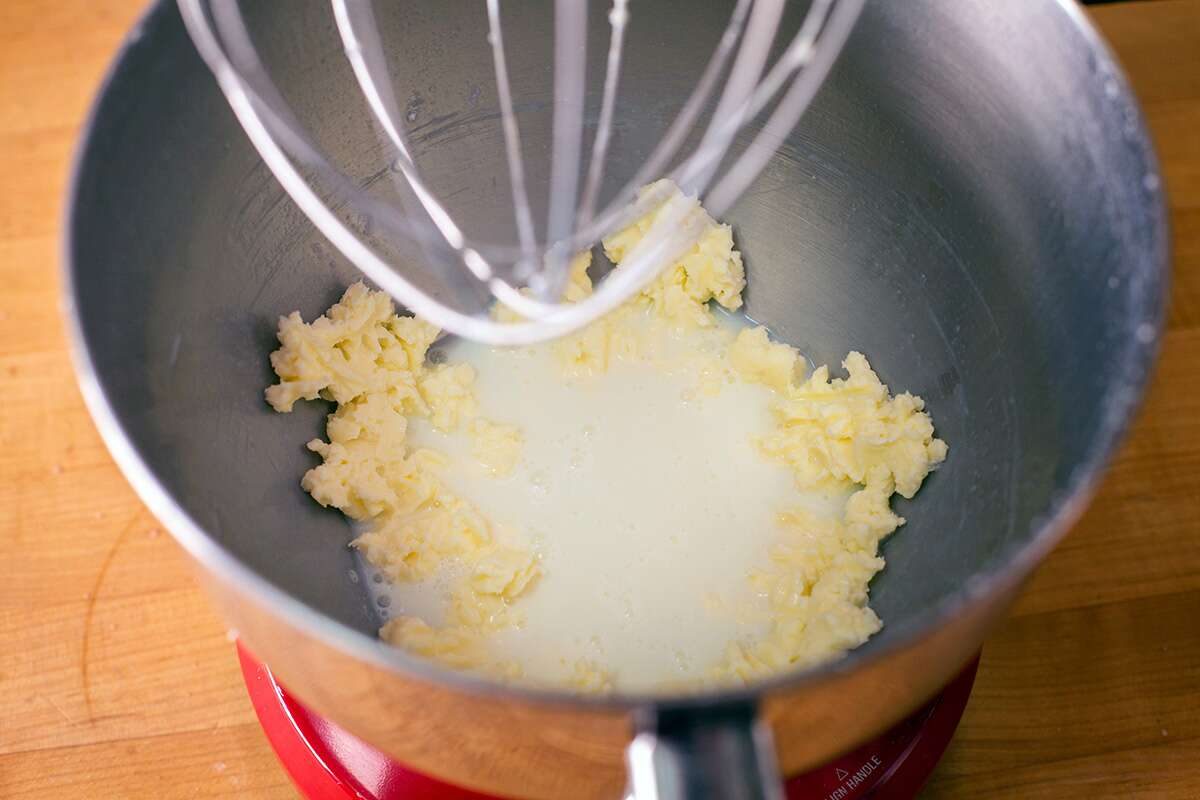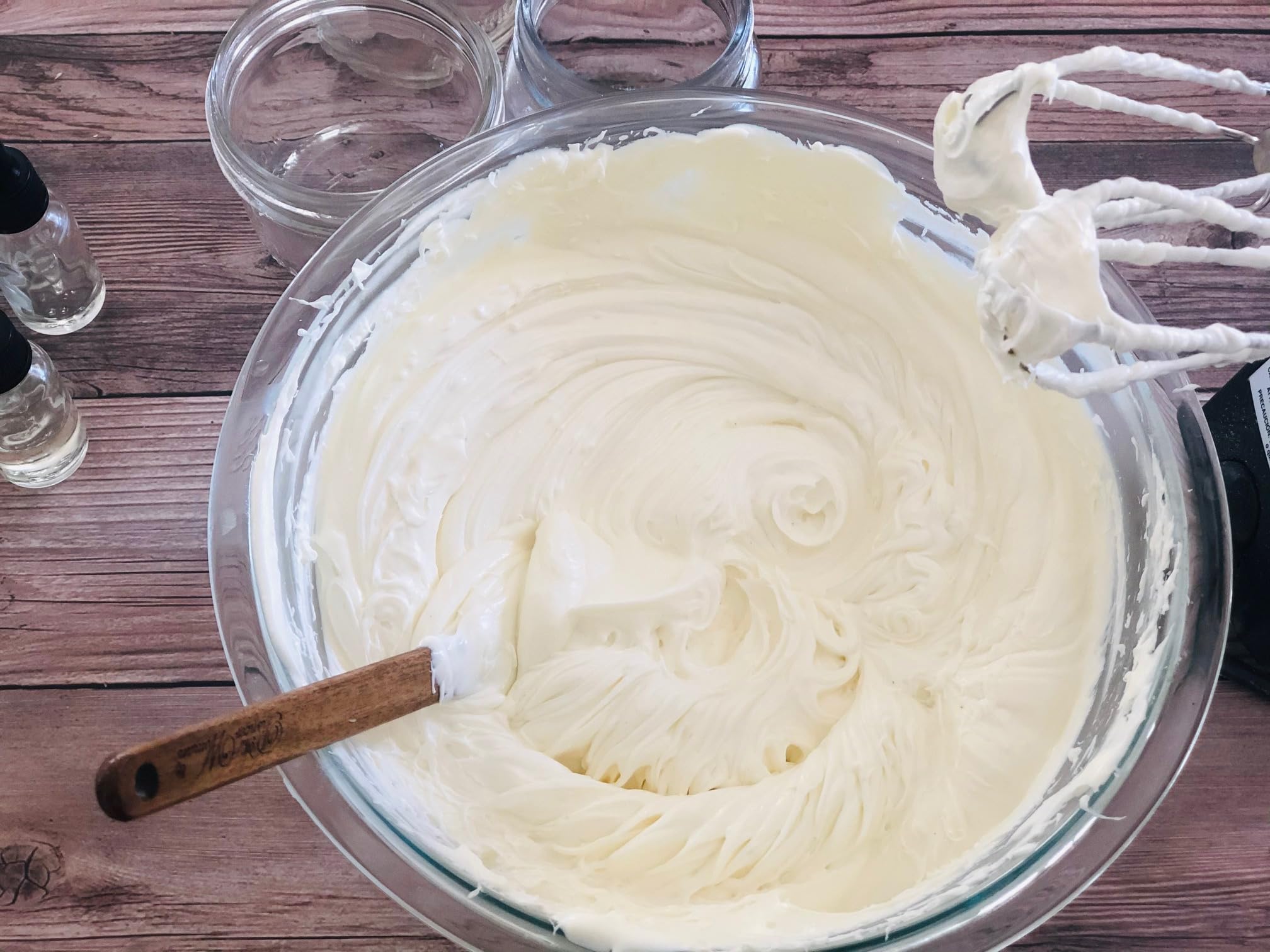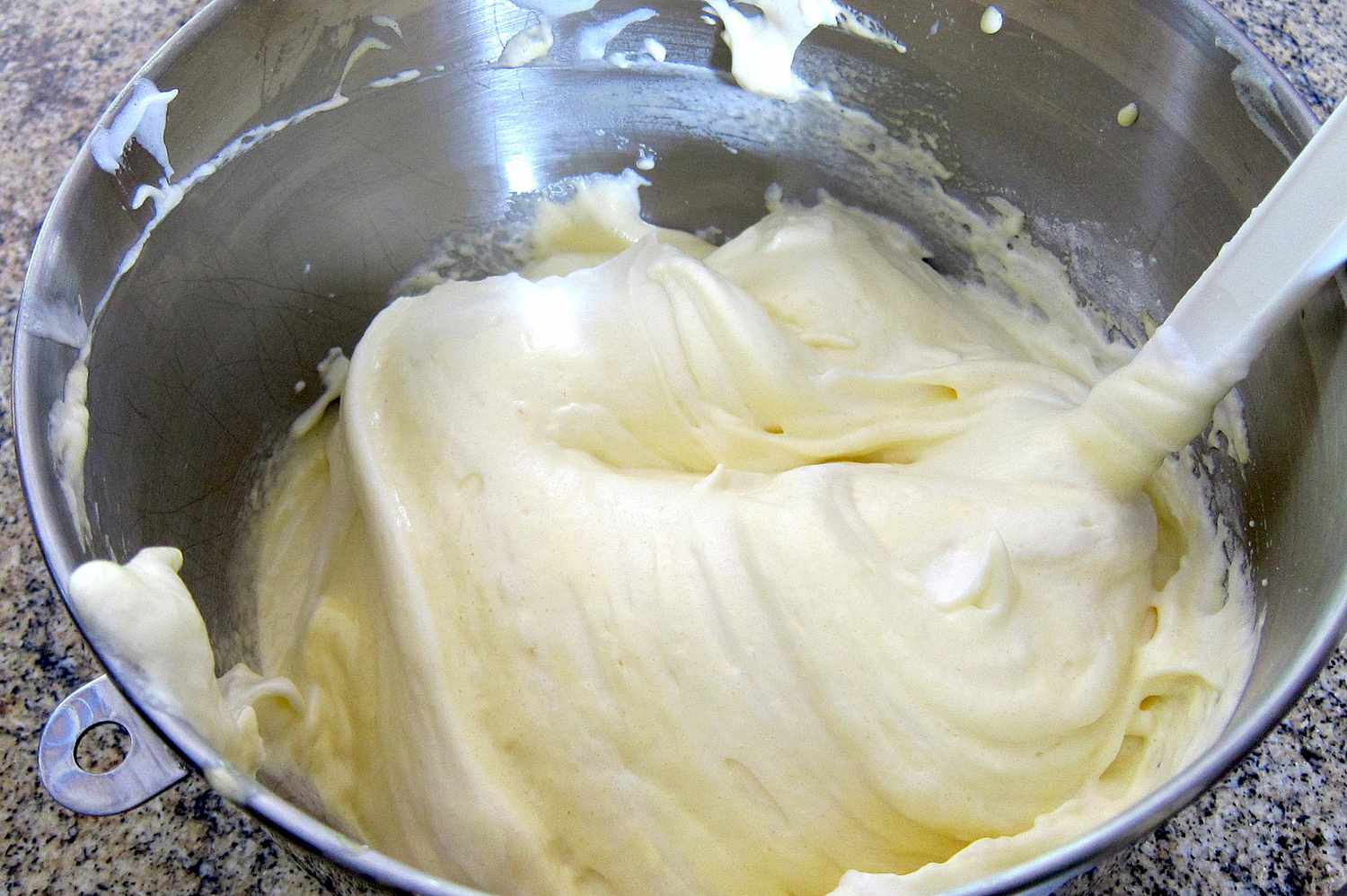Whipping Up Aquafaba: A Vegan’s Secret Weapon
Are you looking for a versatile and plant-based alternative to egg whites? Look no further than aquafaba! This magical ingredient, which is simply the liquid from a can of chickpeas, can be whipped up into a fluffy and stable foam that works wonders in a wide range of recipes. Whether you’re a vegan, allergic to eggs, or just looking to try something new, aquafaba is a game-changer in the kitchen. In this article, we’ll explore the ins and outs of whipping aquafaba and how you can incorporate it into your culinary repertoire.
What You’ll Need
Before you start whipping up aquafaba, gather the following essentials:
- A can of chickpeas
- A mixer (hand mixer or stand mixer)
- Cream of tartar (optional, but helps stabilize the foam)
- Sugar (if making meringue or sweet desserts)
- A pinch of salt (for savory recipes)
Whipping Process
Now that you have your ingredients ready, it’s time to start whipping up some aquafaba. Follow these simple steps:
- Open the can of chickpeas and drain the liquid into a bowl.
- Transfer the aquafaba to the mixing bowl.
- If using cream of tartar, add a small pinch to the aquafaba.
- Start whipping the aquafaba on low speed, gradually increasing to high speed as it begins to foam up.
- Continue whipping until stiff peaks form. This may take anywhere from 5 to 10 minutes, depending on your mixer and the consistency of the aquafaba.
- If making a sweet recipe, gradually add sugar while whipping until it’s fully incorporated.
Using Whipped Aquafaba
Now that you have a bowl of beautifully whipped aquafaba, the possibilities are endless. Here are just a few ways you can use it:
- Vegan Meringue: Use whipped aquafaba as a base for light and airy meringue cookies or pies.
- Egg Replacer: Substitute whipped aquafaba in baking recipes that call for egg whites, such as macarons or angel food cake.
- Dessert Toppings: Dollop whipped aquafaba on top of desserts like mousses, puddings, or fruit parfaits for a creamy finish.
- Savory Dishes: Fold whipped aquafaba into savory dishes like quiches or casseroles to add a fluffy texture.
Tips and Tricks
As with any culinary endeavor, there are a few tips and tricks to keep in mind when working with aquafaba:
- Use aquafaba that is at room temperature for best results.
- Ensure that your mixing bowl and utensils are clean and free of any grease, as this can hinder the whipping process.
- Experiment with different types of aquafaba, such as from other legumes like white beans or black beans, to see how they perform in recipes.
- Store any leftover whipped aquafaba in an airtight container in the refrigerator for up to a few days.
With these tips in mind, you’re ready to embark on your aquafaba adventure. Whether you’re a seasoned chef or a novice in the kitchen, whipping up aquafaba opens up a world of possibilities for creating delicious and cruelty-free dishes. So go ahead, grab a can of chickpeas, and get ready to elevate your cooking game with this incredible vegan ingredient!
Was this page helpful?
Read Next: How To Whip Non Dairy Cream
